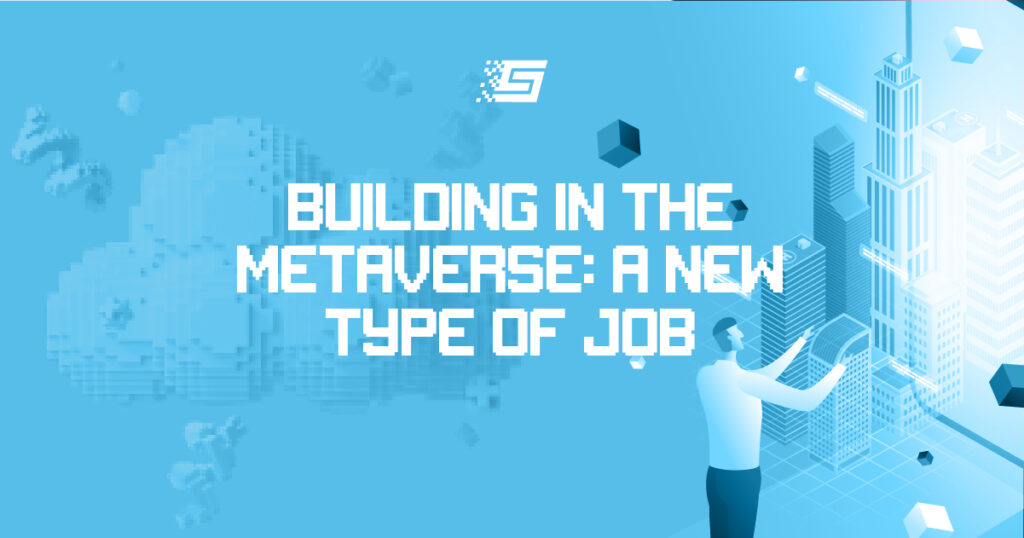Studies With Virtual Reality For Pain Management
Current Trends And Future Directions
Virtual reality (VR) has been used to help manage pain and distress associated with a wide variety of painful medical procedures. In clinical settings and experimental studies, patients immersed in virtual reality experienced reduced levels of pain and general distress/unpleasantness, reporting a desire to use VR again during painful medical procedures. Investigators hypothesize that VR can act as a nonpharmacologic form of analgesia by exerting an array of emotional affective, cognitive, and attentional processes on the body’s intricate pain modulation system. The exact neurobiological mechanisms behind VR’s action are still unclear, but investigations are currently underway to examine the interplay of cortical activity associated with immersive VR. New applications, including VR, are being developed to augment evidenced-based interventions like hypnosis and biofeedback for the treatment of chronic pain.
VR is a state-of-the-art, technologically advanced system that allows the user to be transported into a ‘virtual world.’ Users will engage in a fully immersive VR experience via a combination of technologies, including headphones with sound/music and noise reduction, a head-mounted display (HMD), a joystick, a rumble pad, or another device for manipulation/navigation of virtual environments. VR also includes head-tracking systems, often built into the HMD. These systems follow the user’s head movements and give the illusion of being completely surrounded by a virtual world. Multimodal (visual, auditory, tactile, and olfactory) stimuli contribute to a sense of presence/immersion in the virtual world, making the VR experience distinct from passively watching television or movies, and playing 2D handheld videogames or game consoles. A variety of VR systems are being developed and investigated, from low to high-tech systems.
Originally, this technology was solely recognized for its entertainment value. However, in the past ten years, its application has expanded to a variety of clinical areas, including physical rehabilitation, pain management, and the treatment of psychiatric disorders, such as phobias, post-traumatic stress disorder, and anxiety disorder. VR has been most frequently studied in medical settings as a means to attenuate anxiety, general distress, and pain perception during painful medical procedures like wound care, chemotherapy, dental procedures, and routine medical procedures.
VR For Acute Pain Management
Burn Care
One of the most widely researched uses of VR technology is for pain and anxiety attenuation during burn care procedures and rehabilitation. Clearly, burn wound care will cause a tremendous amount of pain, anxiety, and discomfort to patients. In the year 2000, Hoffman et al. reported a case study examining the efficacy of virtual reality compared with standard video games for a 16 and 17-year-old undergoing burn wound care. VR was found to decrease their pain levels, anxiety, and also time spent thinking about pain. Das et al. carried out a randomized control trial that compared the usual standard of care, analgesia, with a combination of analgesia plus VR for children from 5 to 18 years old during burn wound care. Analgesia coupled with virtual reality was more effective in reducing their pain and distress than analgesia alone. Recently, a water-friendly VR system was experimented with during wound debridement with 11 patients (9–40 years old). It demonstrated that VR lowered pain and increased fun ratings for those who reported a feeling of being engrossed in the VR game.
Hoffman et al. examined the use of pharmacologic analgesia on its own versus VR in addition to analgesia with burn victims undergoing physical therapy. Patients in the VR group reported lower pain ratings as well as an increased range of motion.
Patterson and colleagues are the first to use VR tech to augment hypnosis (virtual reality hypnosis [VRH]), a novel, cutting-edge approach to the integration of VR with evidence-based treatment for reducing pain and anxiety. VRH is administered by providing patients with audio recordings of hypnotic induction, suggestions for pain relief, and, finally, drifting the participant into the virtual world. Patterson et al. experimented with VR as a means of delivering hypnosis to patients during wound care in a clinical case series with 13 patients. These patients reported a lower level of pain and anxiety. Patterson used a VR distraction sequence, SnowWorld© (which was developed by Hoffman), that allows users to glide through a 3D icy canyon and throw snowballs at virtual penguins, snowmen, igloos, and robots.
Konstantatos et al. explored the efficacy of VR relaxation along with morphine for pain reduction during burn wound dressing changes. The researchers developed a VR relaxation sequence based on hypnotherapy theory prepared by psychologists. It provided calming visual scenery and instructed the participants to concentrate on a moving spiral. Contrary to previous results with VR, this study found an increase in pain intensity for participants. The mixed findings might be related to the virtual environment, the degree of immersion, and varying methodologies. While VR distraction can be effective for reducing pain during burn wound care, VR relaxation might not deliver the same results.
In general, VR is reported to be an effective modality in decreasing pain during burn care. A systematic review of nine studies by Morris et al. found that VR coupled with analgesia was effective in reducing pain and discomfort during burn care in eight out of the nine studies. Patient characteristics, varying methodologies, and the VR technology itself may continue to contribute to mixed results. Nonetheless, further research in burn care is warranted with virtual reality and VR-enhanced interventions for managing associated pain and anxiety.
VR For Chronic Pain Management
There is a lot of evidence supporting VR’s effectiveness in managing acute procedural pain, but to this day, little is known about the use of VR for treating patients with chronic pain and/or for long-term pain rehabilitation. Currently, only a few studies have investigated VR for chronic pain management, and the data is preliminary.
Sato et al. investigated the effectiveness of VR for patients with complex regional pain syndrome. In the pilot study, a VR mirror visual feedback system was created and applied to the treatment of complex regional pain syndrome for five adult patients ranging from 46–74 years old. This was a non-immersive form of VR, whereby participants were not engaged in VR through an HMD. The game was interactive as the VR mirror visual tracking device followed participants’ hands as they completed target-oriented motor exercises like reaching out, grasping, transferring, and placing. The patients participated in five to eight outpatient sessions, which resulted in four of the five patients reporting at least a 50% reduction in their pain intensity scores. The study demonstrates how VR could be applied in the treatment of chronic pain. But further investigations with larger samples and refined methodologies must be conducted to verify these results.
Sarig-Bahat et al. investigated VR’s ability to treat chronic neck pain in 67 patients from the age of 22 to 65 with and without symptoms. Investigators used a VR environment that encouraged patients to increase their range of motion by ‘spraying’ flies with virtual spray canisters. In theory, the more they engaged in this activity, the greater their range of motion would become. The investigators found that one single session of VR resulted in an increased cervical range of motion and decreased neck pain for the patients.
Hoffman et al. investigated whether immersive VR could help to reduce pain during repeated physical therapy sessions for burn victims. In three sessions, seven patients of 9–32 years of age came to perform range-of-motion exercises under the direction of an occupational therapist. Participants spent the same amount of time during the session with VR distraction and without. Investigators found that pain ratings were significantly lower while patients were immersed in VR and that the magnitude of pain reduction didn’t decrease over multiple sessions. These findings are promising as they indicate a potential for virtual reality to be applied to long-term physical therapy.


